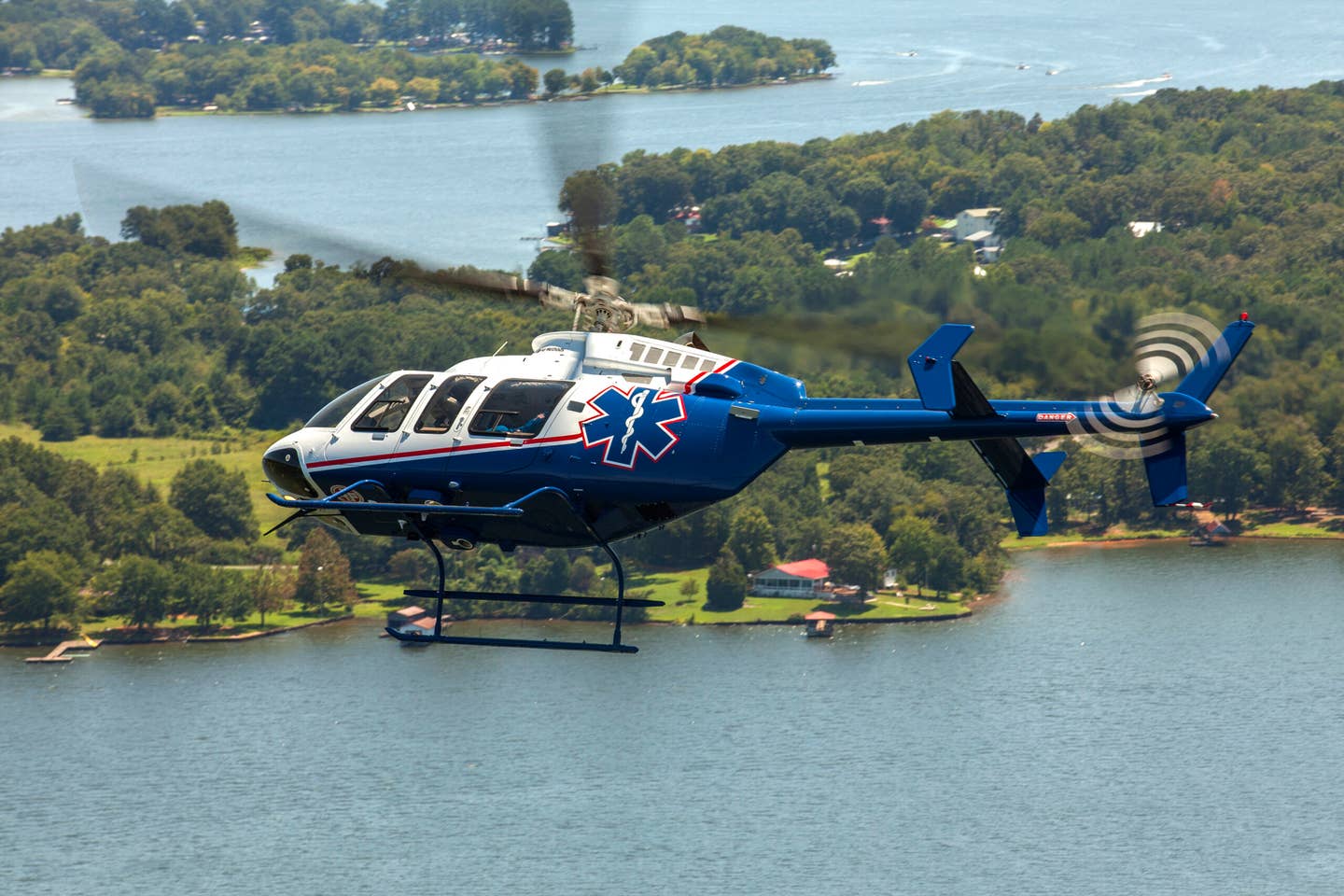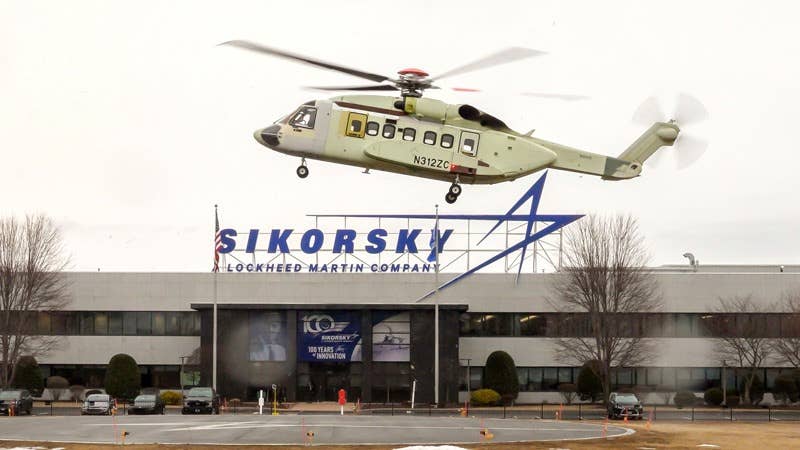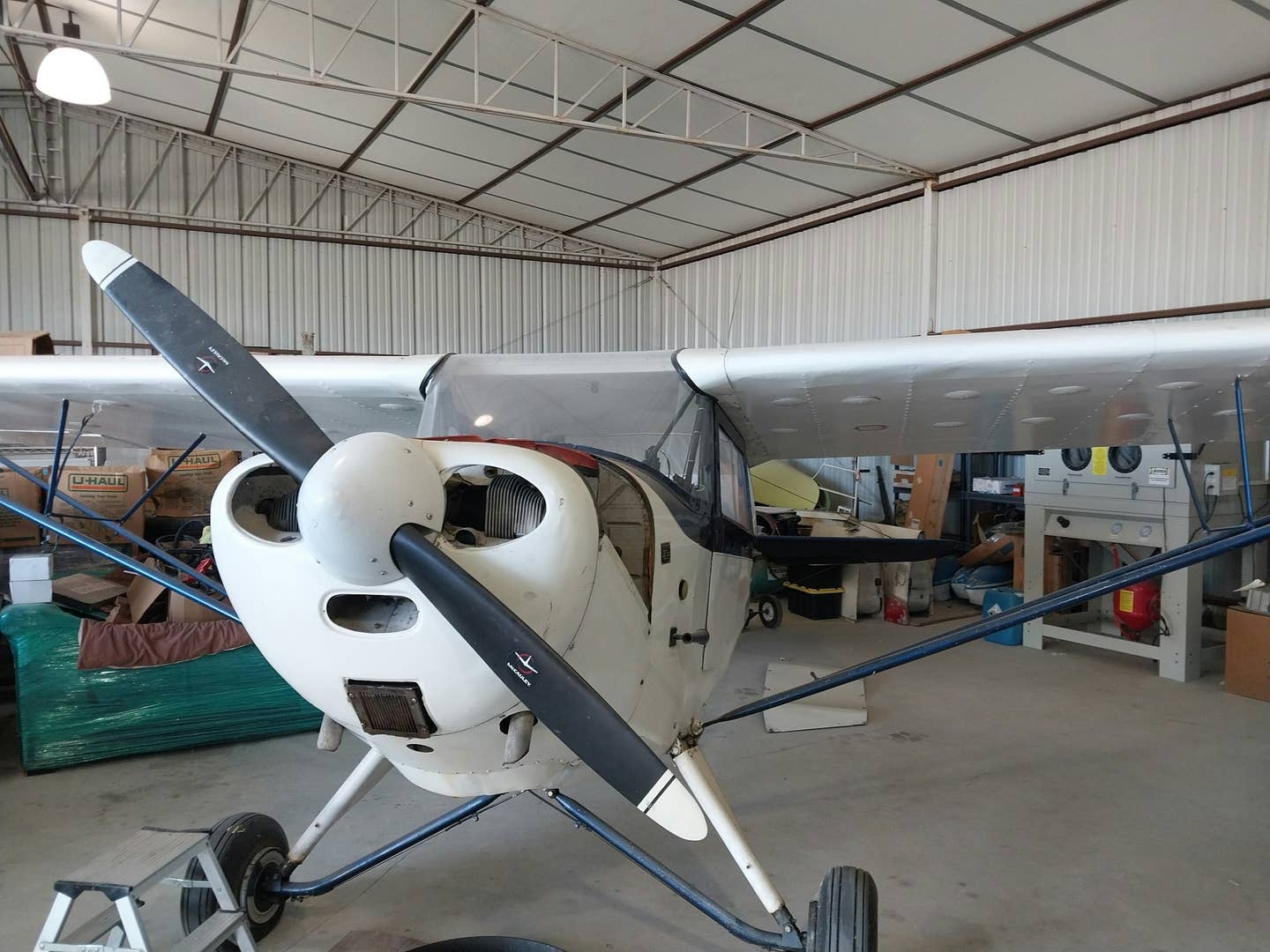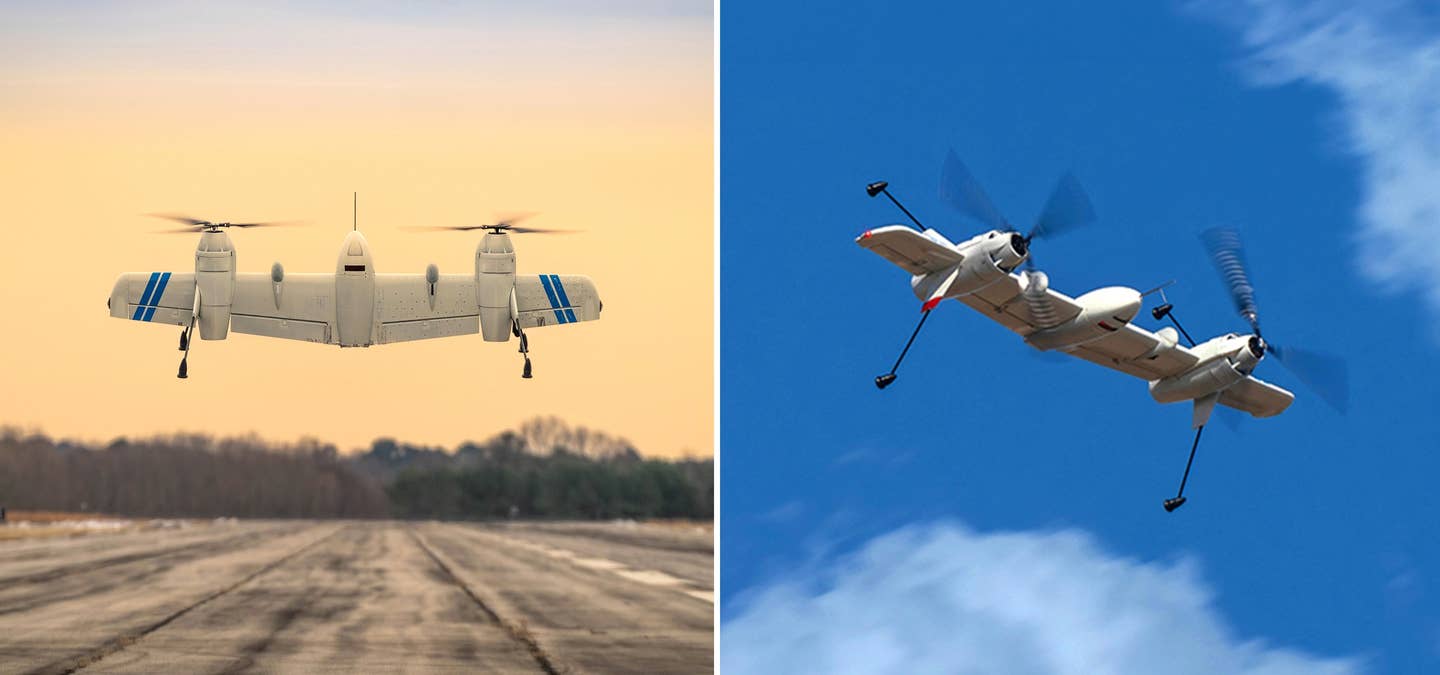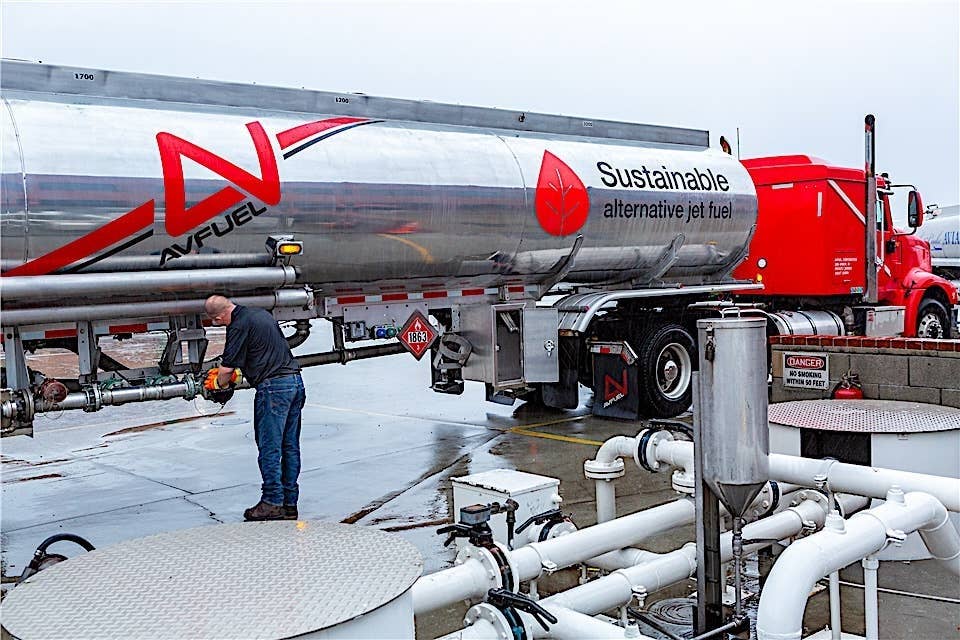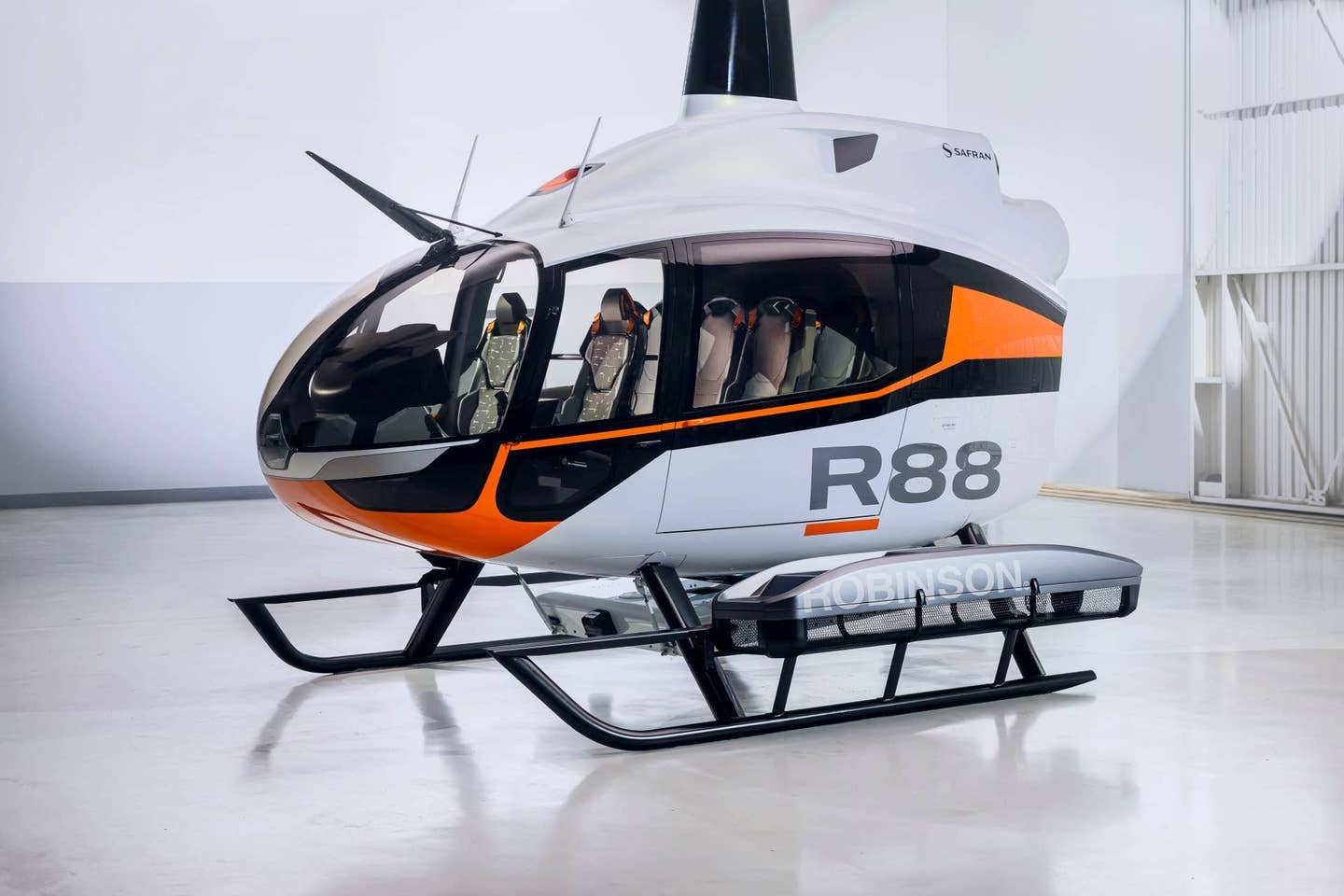
Art by Barry Ross
It was a wintry day in Salt Lake City with the temperature hovering around freezing and a high, overcast sky with good visibility. We were on the second leg of a three-leg day flying a Lear 35 from a military base to Washington, D.C., carrying three passengers including a VIP. I was sitting right seat as an instructor for my copilot, who was in line for an upgrade to captain and getting some left seat familiarity. He was a capable pilot who knew what he was doing, had flown left seat competently and was ready to head off to formal upgrade training.
Cleared for takeoff, we started to roll. My "student" was flying this leg and was doing a great job. As I called out "rotate," he gently pulled back on the yoke and broke ground, and then he called "gear up." As I raised the gear, there was a muffled explosion from the right rear, and the Lear began to yaw and roll to the right. Instinctively, I jumped on the controls only to find he already had what seemed like full left aileron and full left rudder applied and the airplane was responding, so I relinquished control and stated, "Your aircraft." The nearly full control input was momentary, but in the "time compression" mode, which usually accompanies times like this, it seemed like an eternity. The airplane righted itself a few feet above the runway and began a slow climb as he relaxed some control input. The high altitude was taking its toll on our climb performance since we were near max gross weight, but thankfully the temperature was on our side. The airplane shook pretty violently and there was a loud buzzing sound coming from the rear of the aircraft, but as speed increased so did control response.
My first thought was that it was an engine, which seemed logical for what we had just experienced, but when I scanned the instruments, both N1s and N2s, temperatures and oil pressures were parallel and showing normal for takeoff power setting, with no disparity between either engine. Then I thought of a blown tire but quickly dismissed that idea, as we were well airborne when the muffled explosion happened, and that would not have caused yaw and roll. As we climbed out, I got on the radio, declared an emergency and gave the pertinent information to ATC. The airplane was still shaking violently but was still controllable, and the sound had changed to a loud clacking noise similar to a large baseball card in the spokes of a bicycle tire coming from the back. I was confused: In the simulator, an engine failure is usually accompanied by warning lights, but we had nothing out of the ordinary (other than the noise and the shaking). What was going on? I knew we hadn't imagined this - it was real, but why couldn't we see it? Then, as if we didn't have enough going on, the VIP came up between the seats and asked if we knew that there was a problem with the right engine. We thanked him and told him we were aware and to please return to his seat and strap in. As we tried to concentrate on the instruments through all the shaking, the engine temperature for the right engine started to climb, taking aim at the upper temperature limits. "Ah, now I see it." Just then, we saw a flight of four F-4s in the overhead break and firmly asked ATC for the F-4s to make room for us as we started a turn to crosswind - and, man, did those F-4s scatter everywhere. (When we later talked to the F-4 pilots in operations, they said that just before they initiated their break they had heard us on the radio and they were ready to make room for us.) After briefly discussing the engine problem and then confirming the left engine was still operating satisfactorily, we shut the right engine down and ran the appropriate checklists. Even with the right engine shut down, the airplane was still shaking violently and making that noise. We finally made it to pattern altitude, entered downwind and confirmed that we had done all we could do for now. After "adjusting our gross weight" and double-checking everything as we turned base and then final, we asked ATC if it could see anything unusual, and it reported no smoke or fire.
The landing was uneventful, and as we cleared the runway, we were met by a lot of fire trucks. Once the firefighters had looked us over and given us a thumbs up, we taxied to operations, shut down our remaining engine and high-fived each other. I then went back to talk to the VIP, as the other two passengers sat silent and very wide-eyed, and explained what had happened and that we were done flying for the day. When I went outside to look at the engine, I saw nothing to verify what we had just gone through. No holes, no liquid dripping, no parts hanging off, nothing evident to what we had just experienced. After about an hour and some change on the phone with the boss going over details, the mechanic told us he had found the problem. He asked us to climb on the wing and try to spin the fan, which normally is free-spinning. It took both hands to move the fan about an inch. He then told us to look up the tailpipe. When we did, we saw the turbine blades all chewed up and sitting at an odd angle. The engine on this Lear had a concentric shaft, which means one shaft passed down the core of the other one. One shaft is for the fan or N1 speed and the other is for turbine or N2. An engine change later, we learned that a turbine shaft bearing had failed, the shaft had dislodged itself and the blades had chewed it to pieces, hence the vibration and noise.
All the engine failure scenarios in the simulator had been accompanied by warning lights, and that made it pretty evident what we had to deal with. In this case, we were fairly confident it was an engine, but because nothing "jumped out" at us, that made it more confusing. Should I have jumped on the controls? In hindsight I think I should have followed him through to make sure he was doing the right inputs, but once I had realized he was, I had quickly established him as in control again to avoid any confusion. I guess it was the instructor instinct in me to do that, but you grow with your experiences, and I certainly did. Then again, at that moment, there wasn't a lot of time to debate it. In the heat of the battle, it's surprising how all your training kicks in and you do what you have been trained to do so you can be around to do it another day.
To see more of Barry Ross' aviation art, go to barryrossart.com.

Sign-up for newsletters & special offers!
Get the latest FLYING stories & special offers delivered directly to your inbox

